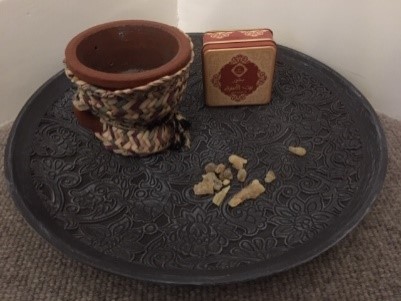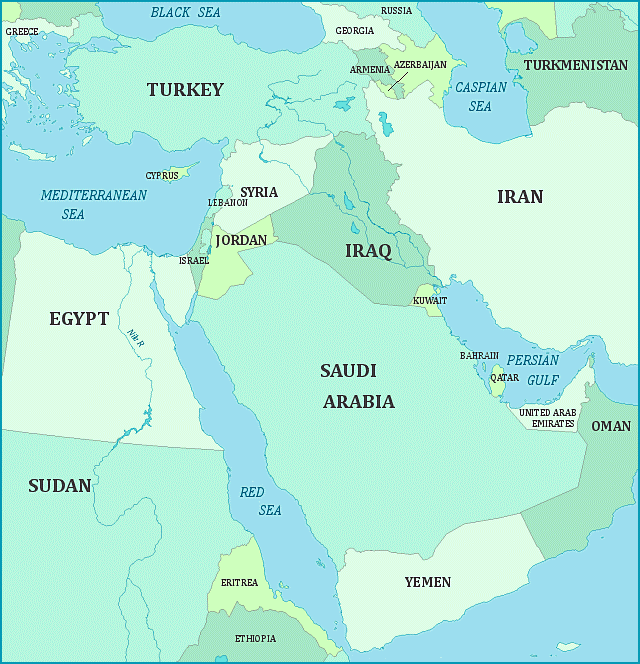By Lucy (Year 9)
I’ve chosen to write my article about Qatar. I used to live in Qatar when I was younger, and the culture I experienced while I was there fascinated me. Recently, I returned to Qatar and visited a new museum, entirely dedicated to the history of Qatar. I found this an enlightening experience, and I wanted to share the culture with others. Qatar has a rich history and culture, dating back to the forming of the Arabian Peninsula 700 million years ago. The Qatari peninsula comprises a wide variety of ecosystems; from arid deserts to stunning rock formations and lush underwater worlds.
The people who inhabited Qatar moved between the land and the sea: herding, trading, hunting and pearling. Half of the year would be spent in the desert, while the other, the pearling season, would be spent by the coastline. Pearls were Qatar’s main trade for millennia, and supported the Qatari livelihood. Families would pass on expertise surrounding pearls, and in the summer fleets of boats and divers would leave for the reef to dive for pearls. The wealth of this nation was built on the pearl-rich sea surrounding the peninsula. In fact, until the early 1900s, pearls were Qatar’s most valuable export. Successful pearl merchants were very famous and wealthy, and respected amongst the community. Qatar’s entire cycle of movement was based upon the pearl seasons.
In the autumn and winter, the people of Qatar would journey into Al Barr; the desert, to herd and to hunt. In the desert, large communities would be formed, with families depending on each other and showing shared values of hospitality and respect. Communal values of valour, courage, honour, integrity and respect gave people a strong sense of family loyalty which influenced behaviour amongst the community.
In 628 AD, Islam came to Qatar, and quickly became the country’s main religion. Islam was important in all areas of daily life, and this is shown not only in the construction of elaborate mosques; (such as those in the archaeological site of Murwab) but in the expressions of modesty in the clothes of both men and women, and the development of a majilis (now incorporated into the hallway) in every home. The role of a majilis was as the social heart of a Qatari home, and it was the space for welcoming guests and having discussions. Even today the majilis is an important part of Qatari society, with one being present in almost every home. As the Hadith (an important script in Islam) states, “Part of man’s happiness is a spacious dwelling, a good neighbour, and a good camel.”
The modern history of Qatar has been defined by the discovery of oil in the 1940s. The demand for pearls plummeted in the early 1900s, taking Qatar’s economy with it; due to the creation of “fake pearls”- pearls that were grown in freshwater and not seawater. These new pearls were more affordable and therefore more popular, although of a much worse quality than seawater pearls. Qatar was struggling until 1940, when the onshore oil field of Dhukan was found, followed 10 years later by Qatar’s first offshore field. These oil discoveries meant Qatar’s economy boomed, and it has now regained its wealth of centuries ago. Qatar has also become more involved on a recreational level, with the country hosting the recent world Athletics Championships and due to host the Football World Cup in 3 years’ time.


I hope you enjoyed this brief summary about Qatar!
Here’s a little test- Can you translate any of these Arabic words?
- Shukran
- Nem
Bonus Challenge- Can you do these in their original form?
لا عفوًا، على الرحب والسعة
